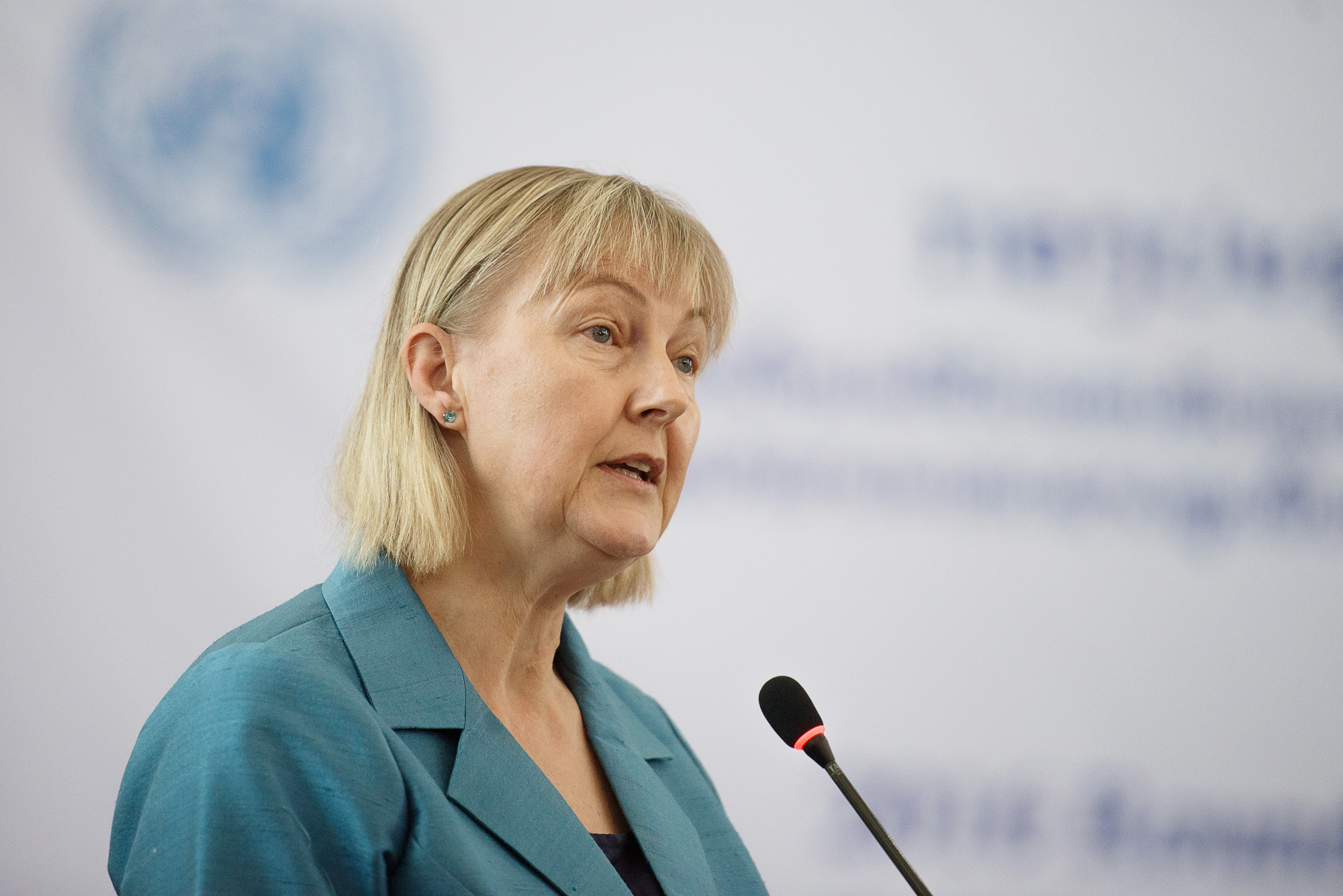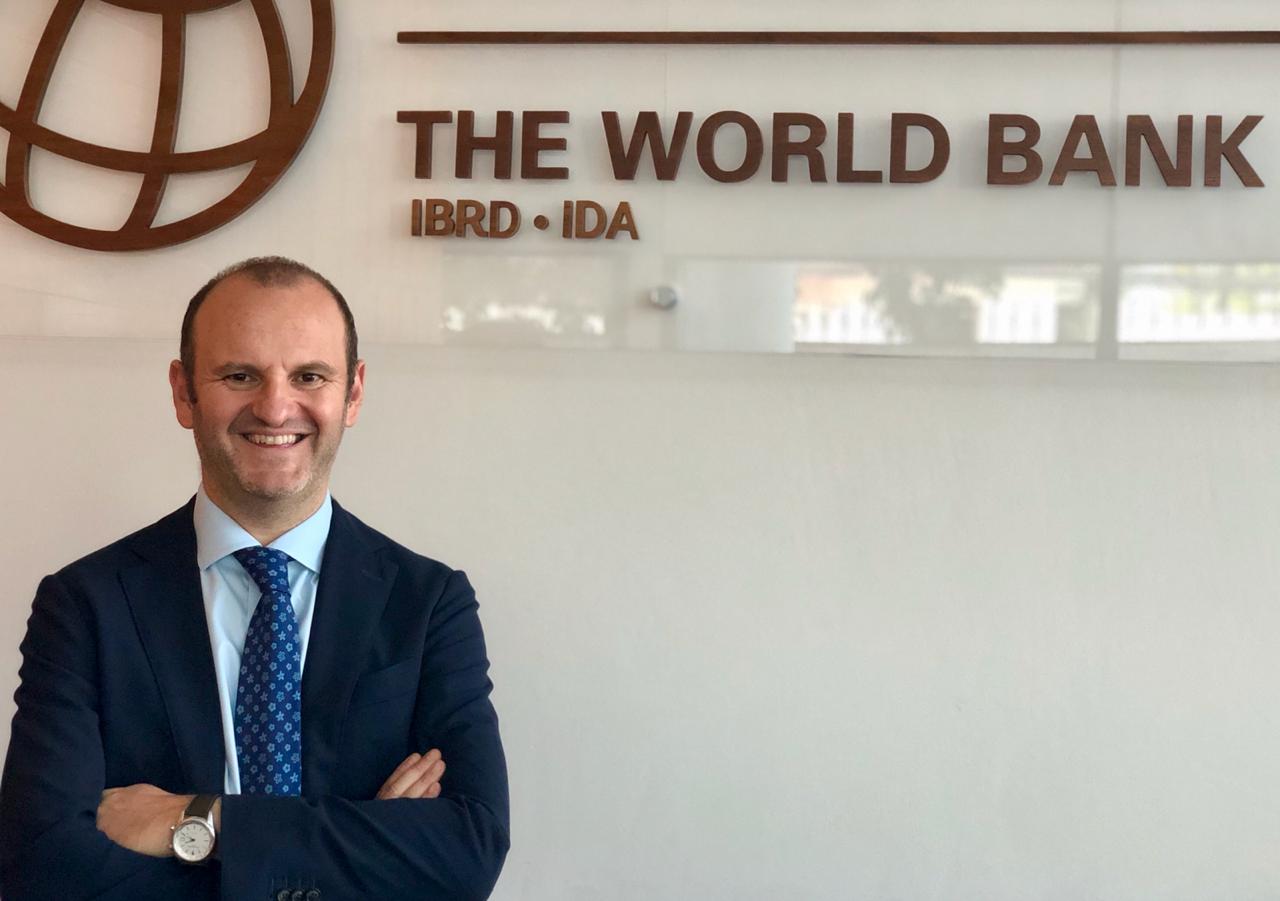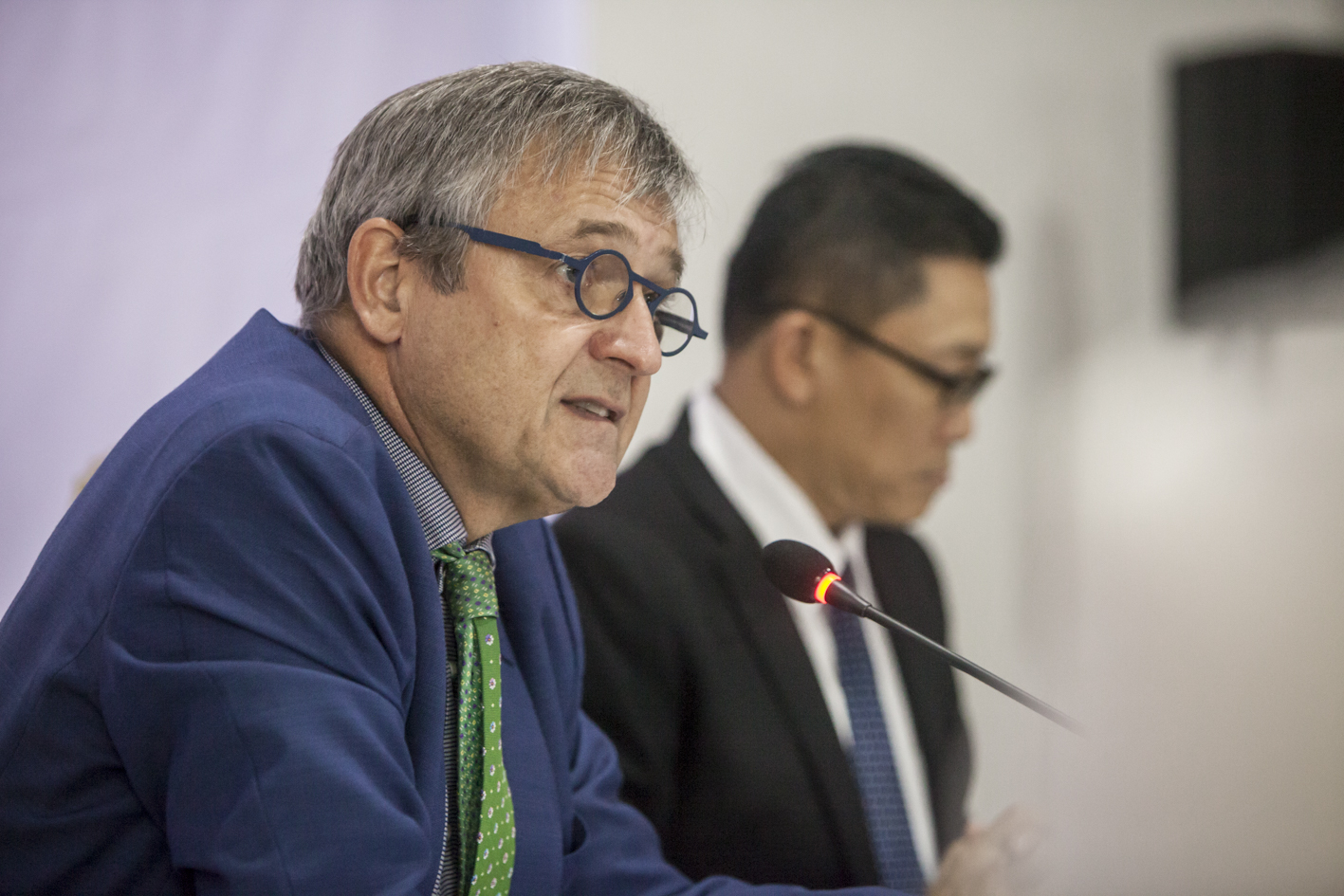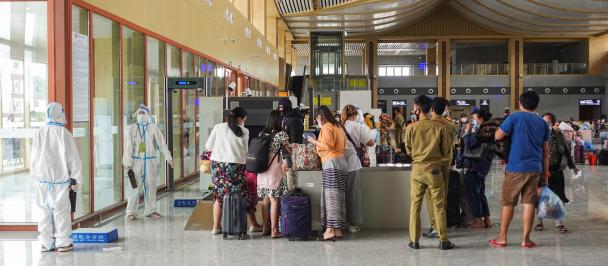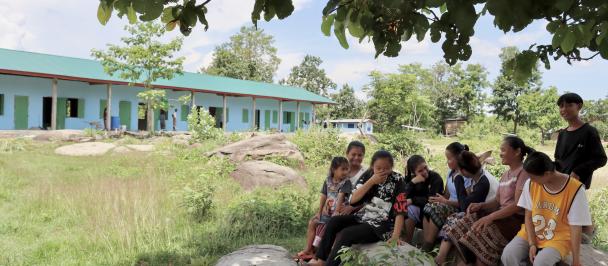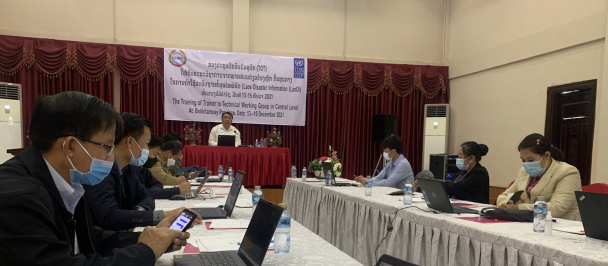Assessing damages, losses and needs following a disaster is the first step towards preventing and reducing the impact of future natural hazards
Floods in Attapeu Province/UN in Lao PDR
We mark the International Day for Disaster Risk Reduction and the ASEAN Disaster Management Day every year on 13 October. In Lao PDR – in the aftermath of tropical storms Sontinh and Bebinca and floods across all provinces – this day gives us an opportunity to raise awareness on disaster risk reduction, while securing and sustaining the participation of all. This year’s theme of “Reducing disaster economic losses” is more relevant than ever, and a key agenda item for Lao PDR.
One of the three criteria for the country’s graduation from Least Developed Country status by 2024 is the Economic Vulnerability Index, which measures resilience to shocks and instability. There are concrete opportunities for Lao PDR to achieve this target by making disaster risk reduction an integral part of its development trajectory.
We jointly support this ambitious goal by working in close partnership with national and international stakeholders, as well as local communities.
Building back better
After a disaster, the primary focus is on how to respond to the needs of the affected communities and recover quickly and effectively. Reconstruction needs to be aligned with the principles of building back better, not only to ensure that livelihoods can be restored quickly but also to reduce the risks of future disasters. Doing so ensures that people are better equipped and better prepared to withstand shocks.
Global evidence shows that when countries rebuild stronger, faster and more inclusively, they can reduce the magnitude of the impact of future disasters on people’s livelihoods. During disaster recovery and reconstruction, risk management can be integrated across many sectors. Examples include implementing climate-resilient agricultural practices, reinforcing critical infrastructure, integrating risk management into investment decisions and budgets, and strengthening risk reduction policies.
Cooperation and innovation for response and recovery
Before reconstruction can start, it is crucial to assess damages, losses and needs, including the resources needed for the recovery phase. The Government of Lao PDR launched a nationwide Post-Disaster Needs Assessment on September 24th to inform the development of a Disaster Recovery Framework. This framework ensures that the response phase links up with early-, medium-, and long-term recovery activities and facilitates coordinated support from the international community, civil society, and the private sector.
The Post-Disaster Needs Assessment follows a well-tested methodology developed by the United Nations Development Group, the World Bank and the European Commission, and underpins cooperation mechanisms between agencies with complementary capacities. It includes innovative approaches – such as satellite imagery to collect “big data” that can allow rapid geographic and spatial analysis. The process is led by the Government out of the Ministry of Labour and Social Welfare and is inclusive of all stakeholders, including vulnerable social and ethno-cultural groups.
Risk-informed development
The shared goal is for Lao PDR to better address and contain the impact of future disasters. Reaching this objective requires better integrating risk management into vulnerable sectors, strengthening preparedness and exploring innovative financial solutions, such as disaster risk insurance mechanisms. Investing in resilience pays off at multiple levels: it saves lives and reduces the magnitude of destruction and losses. It also generates co-benefits, such as improving the quality of development and promoting sustainable approaches to tackle the impact of climate change.
The Post-Disaster Needs Assessment field work is currently underway across the country, with focus on the hardest hit provinces. Findings are expected by the end of October and will inform high-level discussions on both national planning and international development assistance.
Hazards are not disasters. They can wreak havoc and become disasters when people are vulnerable. However, risk-informed development planning can ensure that vulnerability to natural hazards is minimized. This, in turn, will increase the resilience of the people of Lao PDR, so that tragedies of recent extent are contained to the extent possible.
Please read this article in Lao.
This article was co-authored by the United Nations in Lao PDR, the World Bank Lao PDR and the Delegation of the European Union to the Lao PDR.
Ms. Kaarina Immonen is the Resident Coordinator of the United Nations in Lao PDR and the UN Development Programme’s Resident Representative. Ms. Immonen started her career in the UN in 1991 and has been serving in the Lao PDR since 2014.
Mr. Nicola Pontara is the World Bank Country Manager for Lao PDR. He joined the World Bank in 2000, and has been based in Lao PDR since July of this year. Mr. Pontara holds a PhD in Economics from the University of London (SOAS).
Mr. Leo Faber is the first resident Ambassador of the European Union to the Lao PDR and has been serving since 2016. Mr. Faber holds a Master's degrees in Sinology, Classical and Modern Chinese Philology, and European History.

 Locations
Locations